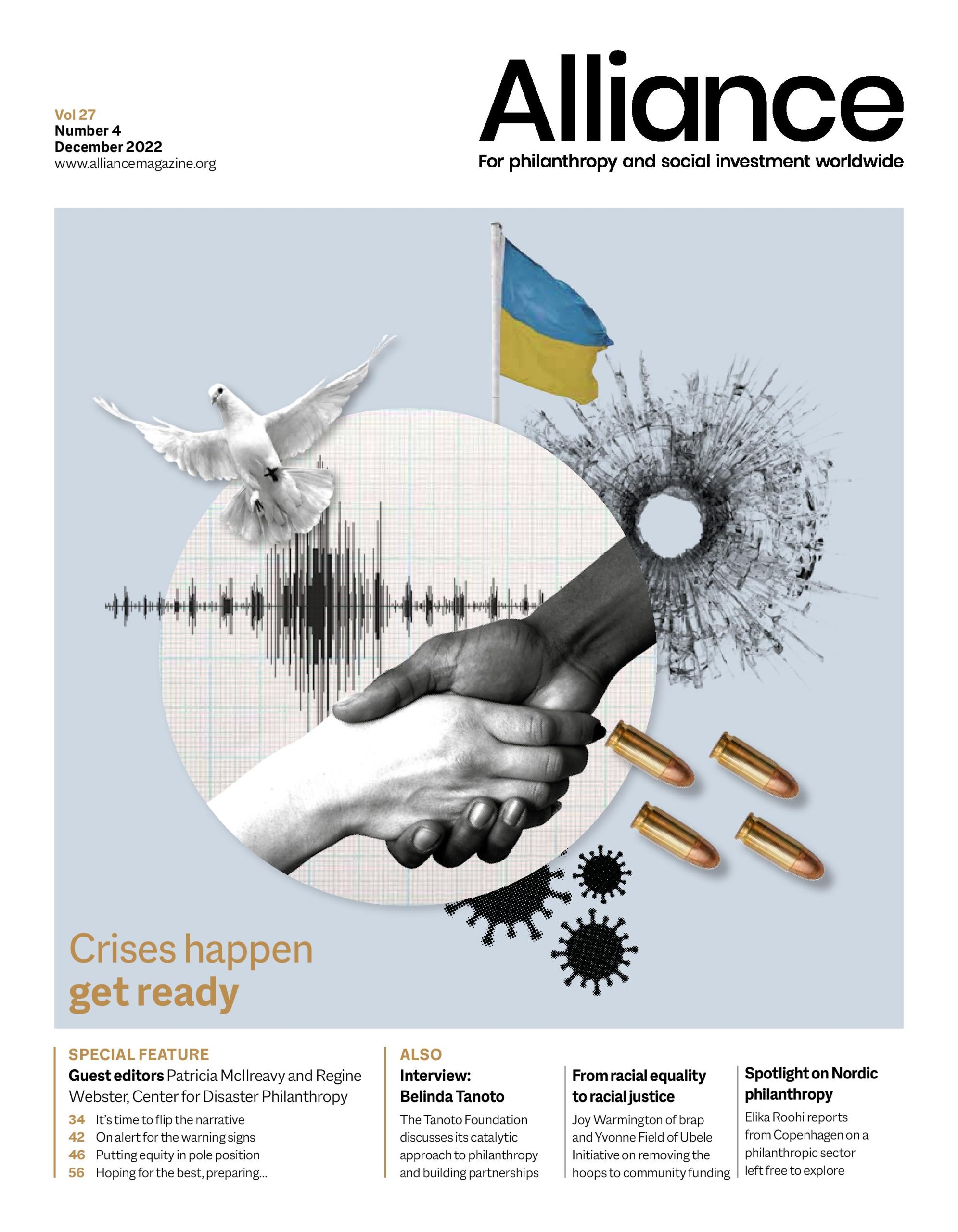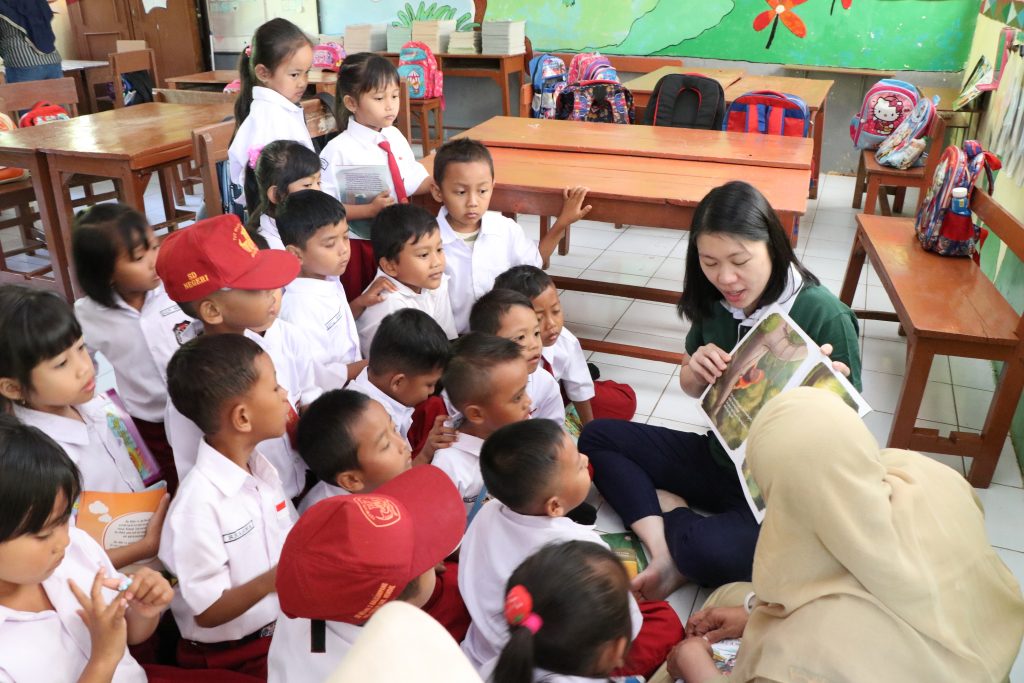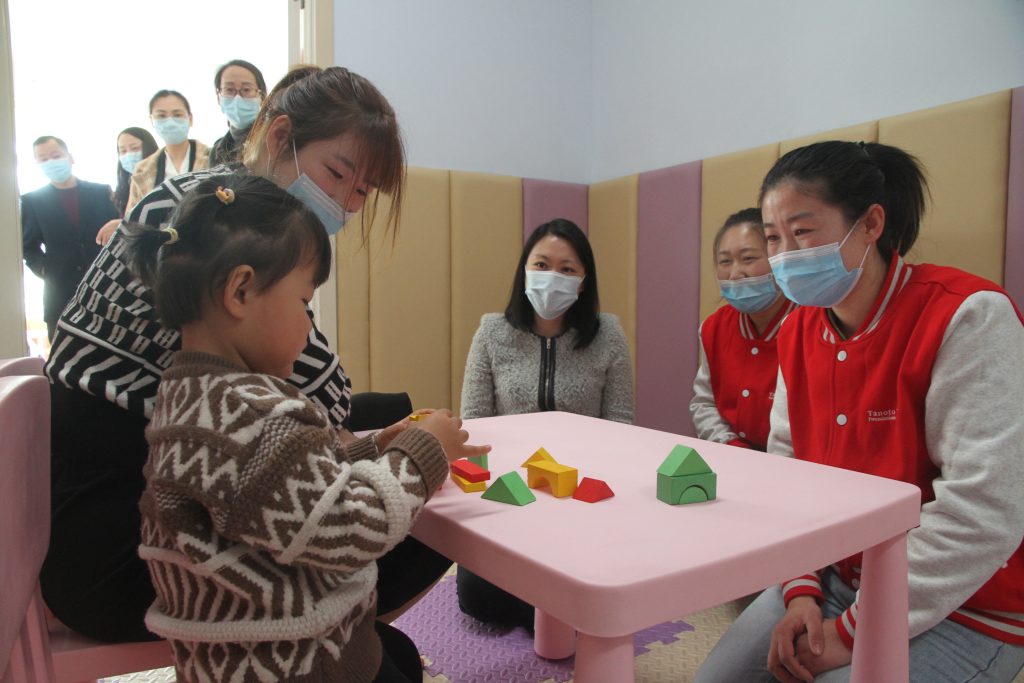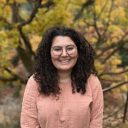While Indonesia regularly tops the rankings for individual giving, private endowed foundations are comparatively rare. The Tanoto Foundation is one such. Belinda Tanoto, daughter of the founder and a member of the foundation’s Board of Trustees, talks to Andrew Milner about its work in early childhood and community development, its catalytic approach to philanthropy and the importance of its partnerships with other funders and the Indonesian Government.
Andrew Milner: How did the foundation start?
Belinda Tanoto: My father had to quit school to support his family so he didn’t graduate from high school, but he understood the importance of education and how it can really transform someone’s life. When my parents started the family business (Royal Golden Eagle) in the 1980s, they invested in schools around the companies’ operating areas. That was the beginning of the foundation, which they eventually institutionalised. We’re registered in Indonesia, Singapore and China, and we’re about to enter Brazil next year. The way we decide what to invest in is to look at the needs in the country and map those with what we’re good at, which is working on the ground, partnering with government and bringing the different stakeholders together, then coming up with our priority areas. In Indonesia, we work with teachers and school leaders to promote active learning in basic education, developing future leaders, and in Singapore, we have a medical philanthropy project.
The government made stunting a priority area in 2017 and created a big programme, via a World Bank loan, to converge a lot of nutrition-specific interventions. So our role there becomes catalytic, enabling different resources to come together.
It seems to have developed from early childhood education into a whole range of things. Was that a conscious decision or was it just a natural evolution?
In 2017, we did a strategy review. We were already doing a lot of work with schools and teachers in Indonesia. But we saw that the stunting rate was really high, above 30 per cent, and decided that working on the school ecosystem would be wasted if the kids entering school were cognitively delayed. So that development was accidental but also conscious. As we develop our main strategy, we want to see what additional things we can do to boost our investment. A lot of what we do is really piggybacking on the big environment, aligning with government policies. The government made stunting a priority area in 2017 and created a big programme, via a World Bank loan, to converge priority nutrition-specific interventions and increase access to key services for pregnant mothers and children. So our role there becomes catalytic, enabling different resources to come together.
Some philanthropic organisations find it quite difficult to work with governments, and vice versa, because of different organisational cultures. How have you managed the relationship with the Indonesian Government?
The first thing to understand is that there are so many different stakeholders in the government. We’re working with central government, the provincial government and district governments – and in Indonesia, there are over 500 districts. You have to understand who the decision-makers are that you’re trying to influence. The other part is aligning the interest. We’ve really focused on demonstrating impact and engaging them from the beginning, even in the programme design, and then delivering on whatever we promise. For every role that we have in the foundation, for example in our work in teacher training in the districts, we have a government counterpart to make sure that when we leave there’s somebody who is going to ensure the sustainability of our programmes.
I was going to ask you that because often, if someone leaves their post in an organisation that you’ve been working with, it can be difficult to build a relationship with the new postholder.
It was one of the things that we were very worried about, so we try to build the relationship with the institution, but also at multiple levels, working with a government – every foundation is trying to crack that, right? I wouldn’t say that we’ve cracked it but we’re learning through our experience. And the context is quite different in Indonesia versus in Singapore and China.
We’re trying to mirror active learning. That’s a big part of what we’re trying to emphasise in our training – how do you learn in an active way so that they can teach the children in an active way?
Is the link between those places simply where the family has a business presence or is there something else?
It’s where the family has significant presence. Though we do make grants, we’re principally an operating foundation. I don’t remember exactly the percentage split between operating and grantmaking, but if I were to guess, maybe 60/40 and, to be able to operate, we feel we need a deep understanding of the country. That’s why we matched it to where our businesses have significant presence because we understand the local context, we understand the local needs, and we feel that we can best add value.
How much of a challenge is it to work in those very different societies?
Let me talk about the similarities. Finding talent is one. The way we run the foundation is quite systematic, and we try to use a lot of the business tools, so we are constantly investing effort into finding the right talent. The second similarity is measuring impact. In our education programmes, our intended outcome is at the student level, so we really want to be able to aggregate all our activities to impact learning outcomes. That’s one of the things that we’re also constantly thinking about.
Did this focus on impact measurement come out of the 2017 review, or have you always taken that approach?
It was there before but it wasn’t emphasised as strongly. Initially, we were only giving about three to five million dollars a year in 2015, 2016 and 2017. Now we’re giving about 25 to 30 million, so it’s a significant ramp up. Once we’d built the organisation to that level, we realised we needed to really focus on impact and that’s why we’re also in the middle of reviewing our programmes. And of course Covid changed things. We work with schools and teachers. We didn’t want to stop our programmes because that’s when they needed our support the most – when schools were closed. So we had to change the method of delivery and we had to innovate.
Before, our teacher training programme was delivered face-to-face, but now we have a flip classroom concept. The teachers watch the lectures at home, then they come together to problem-solve. We’re trying to mirror active learning. That’s a big part of what we’re trying to emphasise in our training – how do you learn in an active way so that they can teach the children in an active way?
How did the pandemic affect your other activities, the SIGAP programme, for instance?
The SIGAP programme is still very centre-based though there is a digital component where we have partnerships with parenting platforms and things like that to raise awareness. A big part of our stunting programme is about behavioural change and a lot of that is about awareness, like exclusive breastfeeding for the first six months, or some of the water, sanitation and hygiene (WASH) standards. So it’s really about using the digital technology to reach parents more effectively.
SIGAP is your umbrella programme for early childhood development. Is that right?
Yes. And it covers both our stunting programmes. The government has done an excellent job in bringing the rate down. It’s now down to 24 per cent. Indonesian president Joko Widodo’s goal is 14 per cent by 2024 which is quite aggressive. Of course, 14 per cent is still 14 per cent too many. But for us, it’s really thinking about what was done right in the last five years so that we can continue doing that plus closing the additional gaps.
Presumably the stunting programme is one of the programmes on which you work closely with the government?
Yes, we work very closely with the family planning agency, the Ministry of Health, and the Ministry of Social Affairs. The programme involves 13 ministries and three government agencies. We have created a steering committee where all the different stakeholders can come together to make sure that there’s what we call ‘convergence’ at the household level, so all the different programmes – the WASH programmes, the education programme, the parenting programme, the nutrition programme – can be delivered to the household. I feel our role is really to bring different stakeholders together and sometimes even the different government agencies. It’s important to create a forum for them to collaborate and coordinate.
Is the foundation completely separate from the family businesses?
We made the conscious decision to split completely in 2017. Both we and the business still very much believe in corporate social responsibility (CSR) because the company’s operating principles are the five Cs – whatever is good for the community must be good for the country, and only then will it be good for the company. And we added two Cs during our last big company celebration, ‘customer’ and ‘climate’. That’s the framework the company operates in. The foundation is a little more connected to our family values, so our goals are a bit different. We have an endowment whose size we don’t disclose, but we’re aiming to give out about 30 to 40 million US dollars a year and we have been giving about 25 to 30 for the last three years.
One of the companies was involved in an environmental controversy in 2015. I know that it was resolved, but did that have any effect on the foundation in terms of adverse publicity or internal operation?
Actually, that’s part of the reason why we split the foundation and the family business. A lot of the climate work is done directly through the family business because we believe in focusing on core competences. In the foundation, we’re not equipped to deal with climate issues because our work is in education and community development, and somebody who’s training teachers wouldn’t be well equipped to conserve forests. But the company is well equipped to deal with climate issues and since 2015 we’ve made significant progress in terms of our sustainability, We’ve committed to no deforestation, no burning, no exploitation of local people. We’ve also committed to one for one, which is for every hectare of plantation, we have one hectare of conservation. But because our business is privately owned and our foundation is also run by the family, we’re very closely intertwined, especially as we’re a very small family. There are only two in the first generation and now we have six in the second generation.
Even though we’re working locally, we benchmark ourselves against the world-class foundations, in terms of the best practices in strategy, in impact, in hiring people.
Indonesia is traditionally a very strong giving culture. It’s top of the rankings of the CAF World Giving Index for individual generosity, but foundations tend to get less publicity. How prominent are they?
It’s interesting you ask that. Every time we meet the government or our partners, we have to explain what we do because they think we are either like a charity or we do CSR. We have to explain that we’re trying to address the root cause, we’re thinking for the long-term and we want to be very systematic and structured in our giving. So we share our guiding principles and, as we do things together, it brings everybody’s understanding of philanthropy further. But it is definitely a nascent space.
Comparing with Singapore, for example, if you give to an IPC (Institutions of a Public Character), then you get tax breaks. But in Indonesia, there’s no such thing. Mostly when institutions give, it’s a corporate foundation or CSR, which is very big in Indonesia because there’s a law that requires companies to put a percentage of their profit into charity.
So a private foundation with an endowment is unusual in Indonesia?
Yes. I suppose it really stems from my parents’ vision of wanting to create long-term social impact and improve lives. We don’t want to do short-term projects, we want to address the root cause and that’s why we’ve also over time institutionalised the team. We asked ourselves, what does it mean to be a world-class foundation? Even though we’re working locally, we benchmark ourselves against the world-class foundations, in terms of the best practices in strategy, in impact, in hiring people.
What do you think needs to change to make the operations of foundations like yours more prominent or to encourage more foundations to set up?
I think having more open and transparent conversations among different funders. We’ve been working on doing joint projects or even just creating forums for us to get together and discuss. The two institutions that come to mind that we are part of are AVPN and APC. Both are good at bringing members together to learn and to discuss joint issues. Also, while doing a project or an initiative on our own is definitely faster and easier, we actually make a point to bring in additional funders and partners. One example is a school leadership programme that we did, Inspirasi. We seed-funded a new NGO to develop school leaders in Indonesia because we think that’s going to help teachers to affect the learning outcomes. If we had done that ourselves it probably would have been faster but we decided to do it with three other funders.
You mentioned AVPN. Its conference was in Bali this year. How important is that for the profile of Indonesian philanthropy?
It’s really important because, even though Indonesia is the fourth largest country in the world, it is often not brought up in conversations on philanthropy or development. People look to India, to Africa for best practices and examples of amazing non-profits or foundations, and I think South East Asia is a bit under-represented. So having the conversation in Indonesia brought a lot of attention and also exposed us to globally-recognised best practices.
Finally, what are your targets for the next five to ten years? What do you hope the foundation is going to achieve over that time?
In the learning outcomes, we really want to bring Indonesia’s PISA[1] ranking up. For our early childhood programmes in Indonesia, to further bring down the stunting rate. In China, to attract more investment into the 0 to 3-year-old space, that’s a big white space there. Those are programme-specific goals. Overall, I think it’s really to create an enabling ecosystem for philanthropy in the countries where we operate which is why we do a fair bit of collaborating, experience sharing and case studies, to learn from each other and facilitate that.
Andrew Milner is Features Editor at Alliance.
Footnotes
- ^ PISA (Programme for International Student Assessment) is an international benchmarking test that measures the efficiency of educational systems around the world.










Comments (0)